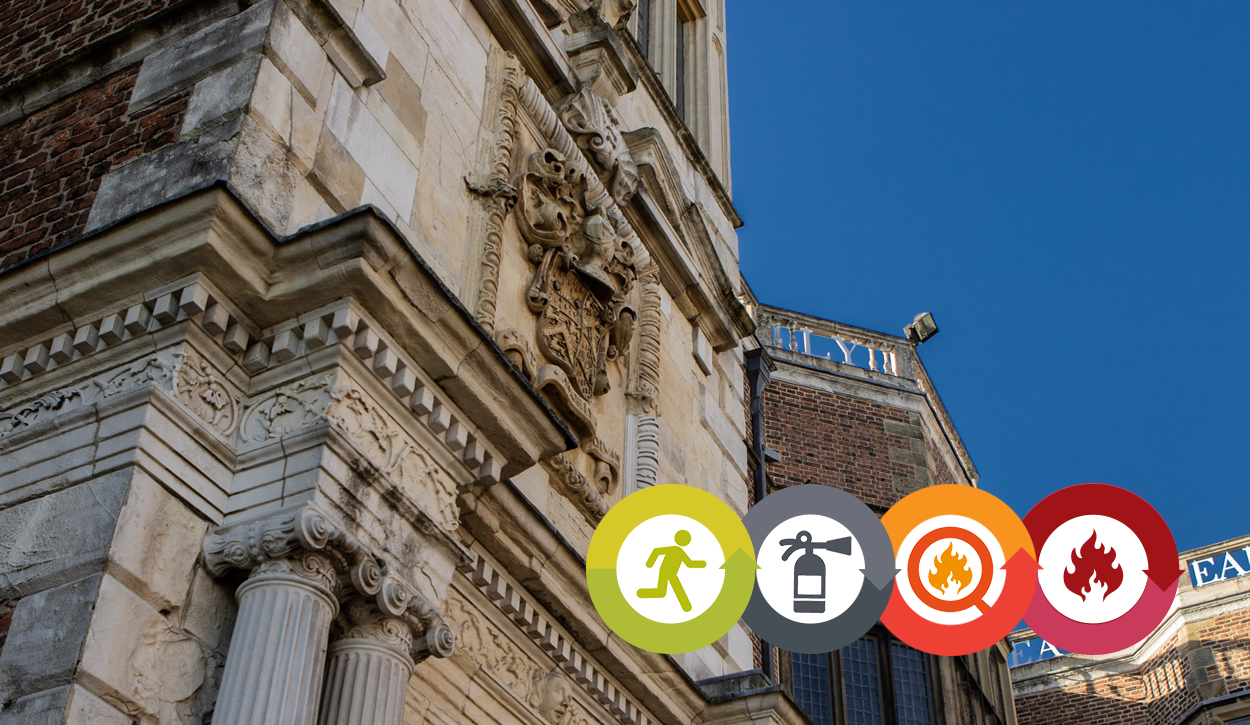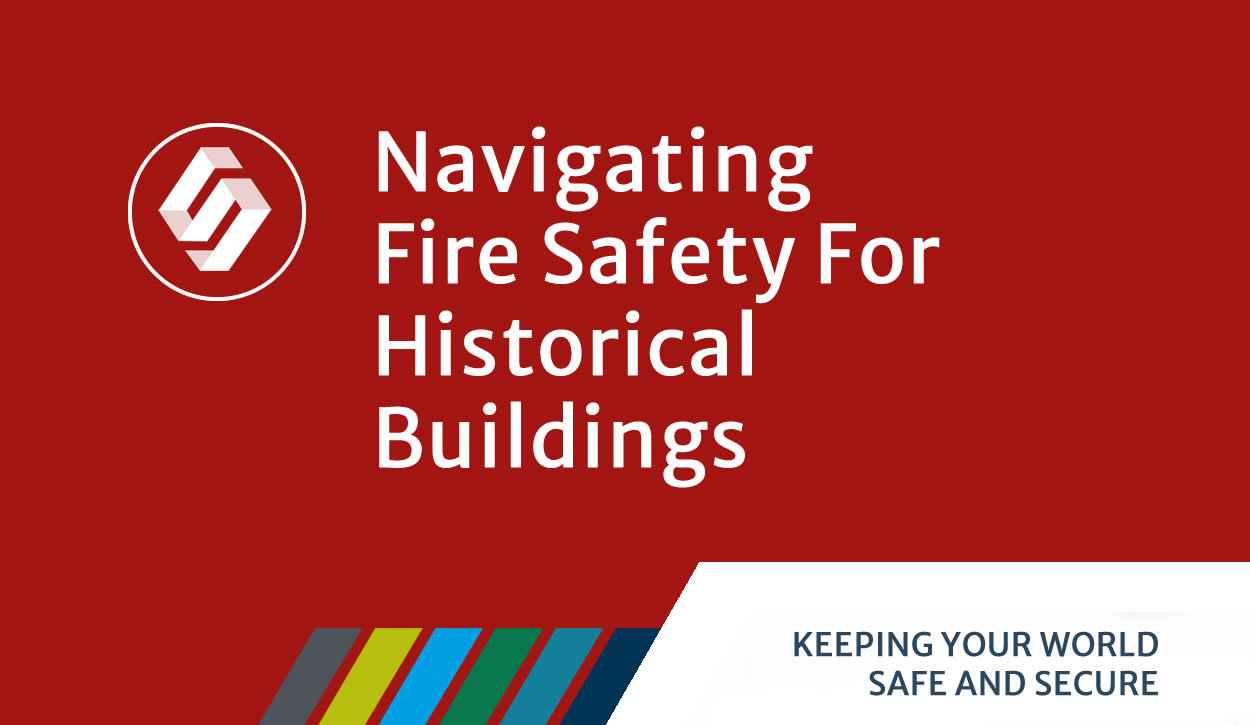Navigating Fire Safety For Historical Buildings
Navigating fire safety for historic sites involves unique challenges and scenarios that may not apply to modern buildings and structures. Heritage buildings, often constructed long before modern fire safety regulations existed, present unique challenges due to their use of materials now considered outdated and vulnerable to fire. This can jeopardise not only the structure but also the priceless artifacts within. The Notre-Dame Cathedral fire in April 2019 is a reminder of the potential risks faced by such landmarks. It’s crucial for those responsible for these sites to understand and act on their fire safety obligations. There are other heritage related fires closer to home and in more recent times such as the Royal Clarence Hotel in 2016, the Clandon Park House fire in 2015 and the Glasgow School of Art fire in 2014.

Emergency Response Plan – Every historic building must have a comprehensive Emergency Response Plan (ERP). This plan should outline actions to take during an emergency, tailored to the building’s size and complexity. It must be clear, regularly reviewed, and accessible to all authorised personnel. For sites like museums, palaces, and galleries, the ERP should include:
• Fire risk assessment
• Fire strategy
• Emergency evacuation procedures
• Salvage/damage control plan
Fire Strategy and Evacuation Procedures – A Competent Person should develop a fire strategy that formalises the basic fire safety requirements for a building. While prioritising life safety, this strategy should also protect the building’s contents and outline necessary training and its frequency. The strategy must consider the building’s occupancy, including public visitors, staff, or on-site residents, to ensure a prompt and effective response.
Emergency contact list – Under the Regulatory Reform (Fire Safety) Order 2005, a Competent Person must conduct a fire risk assessment, recording all findings. For historic buildings, this assessment should be done by someone experienced in heritage sites, as these come with unique risks requiring specialised expertise.
Practicalities – Balancing fire prevention with the preservation of a historic site’s authenticity is challenging. The LFB Fire Safety Guidance Note for Heritage Buildings suggests practical measures such as:
• Compartmentation using fire-resistant materials
• Identifying and mitigating hidden voids
• Ensuring heritage doors are solid and well-fitted
• Upgrading or replacing doors to be more heat, flame, and smoke resistant
• Installing Automatic Fire Suppression Systems and reliable fire warning systems
• Using visual and thermal fire detectors
• Considering low voltage or LED lighting for the lighting system
• These steps highlight the complexities of protecting historic buildings from fire risks
Ensuring fire safety compliance in historic buildings is a complex task, fraught with unique challenges. Regular assessments and strategic planning are essential. Those responsible for these treasured structures should seek expert advice to address the specific nuances of fire safety in heritage sites, recognising that the approach differs significantly from modern buildings. SS Systems have multiple case studies and examples across the heritage sector being the UK market leader in this specific sector. Contact our expert team for a confidential consultation regarding fire safety related matters including ongoing fire maintenance service contracts.
#FireAlarms #FireRiskAssessment #FireSafetyEquipment #FireAlarmMaintenance #AccessControl #CCTV

